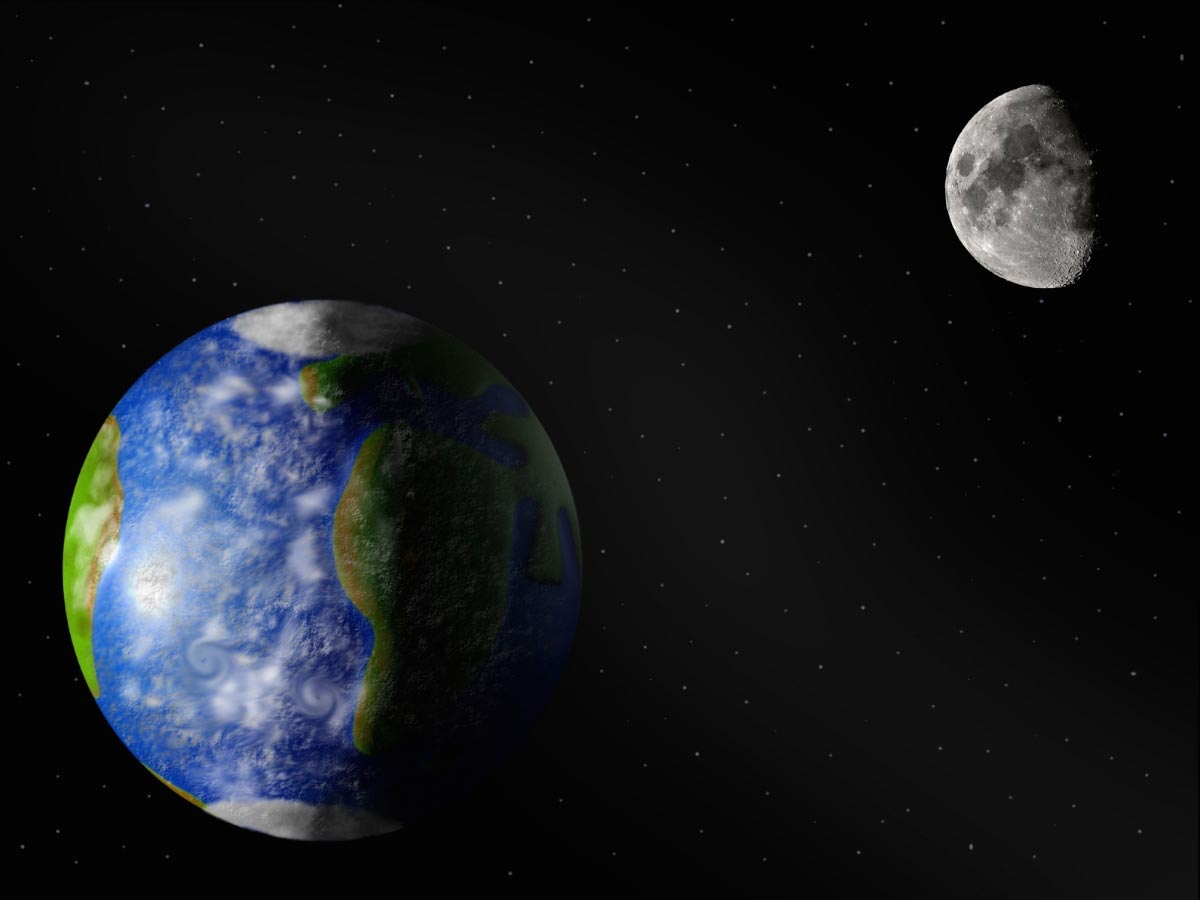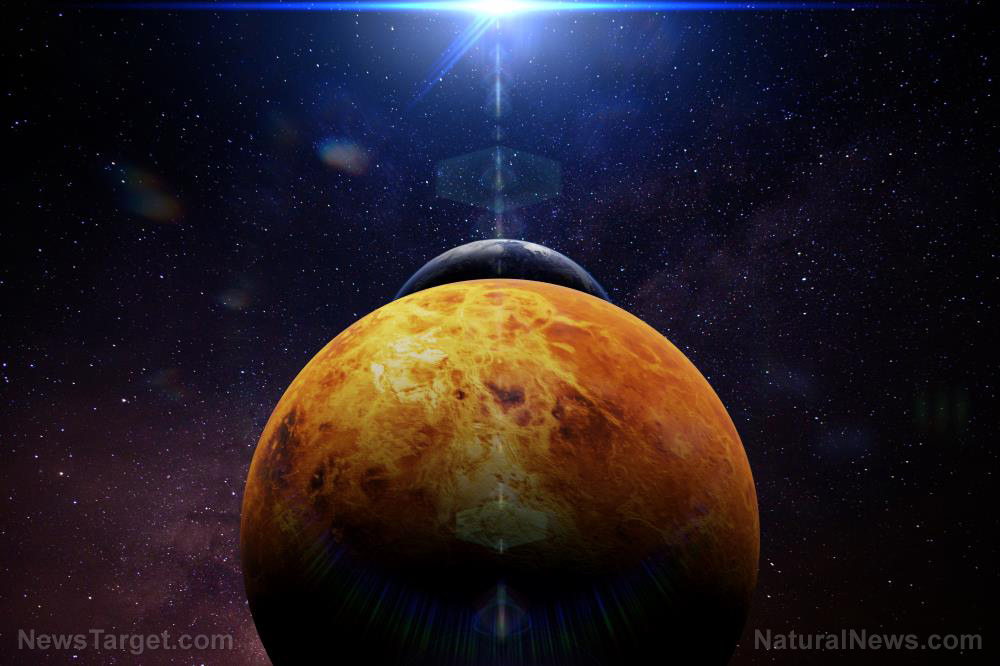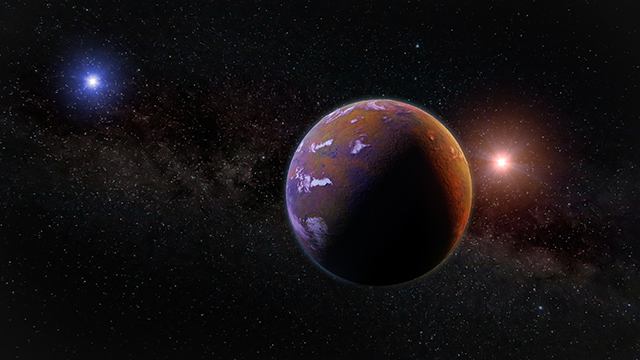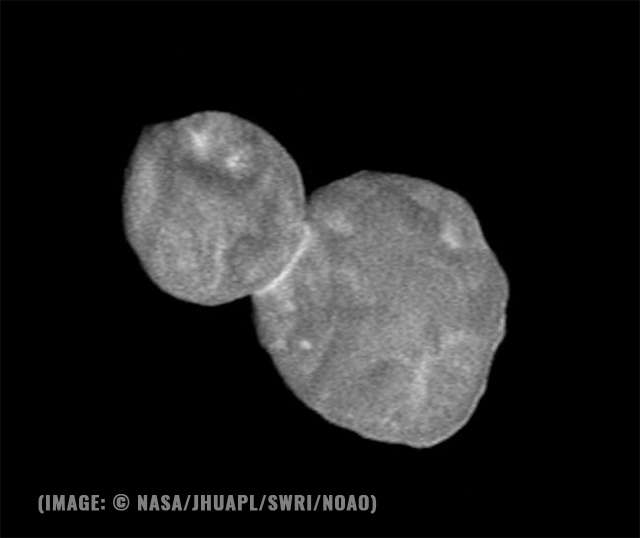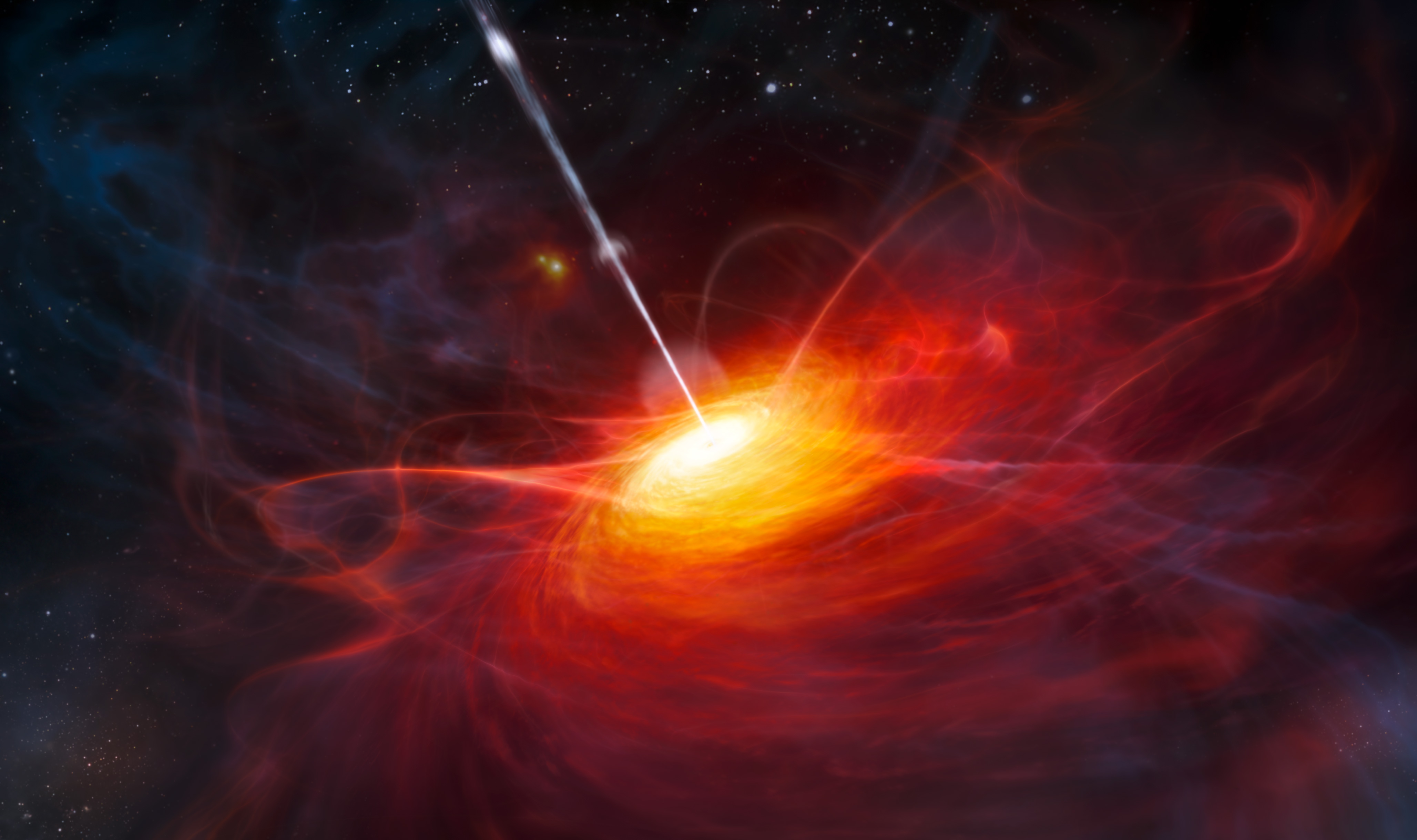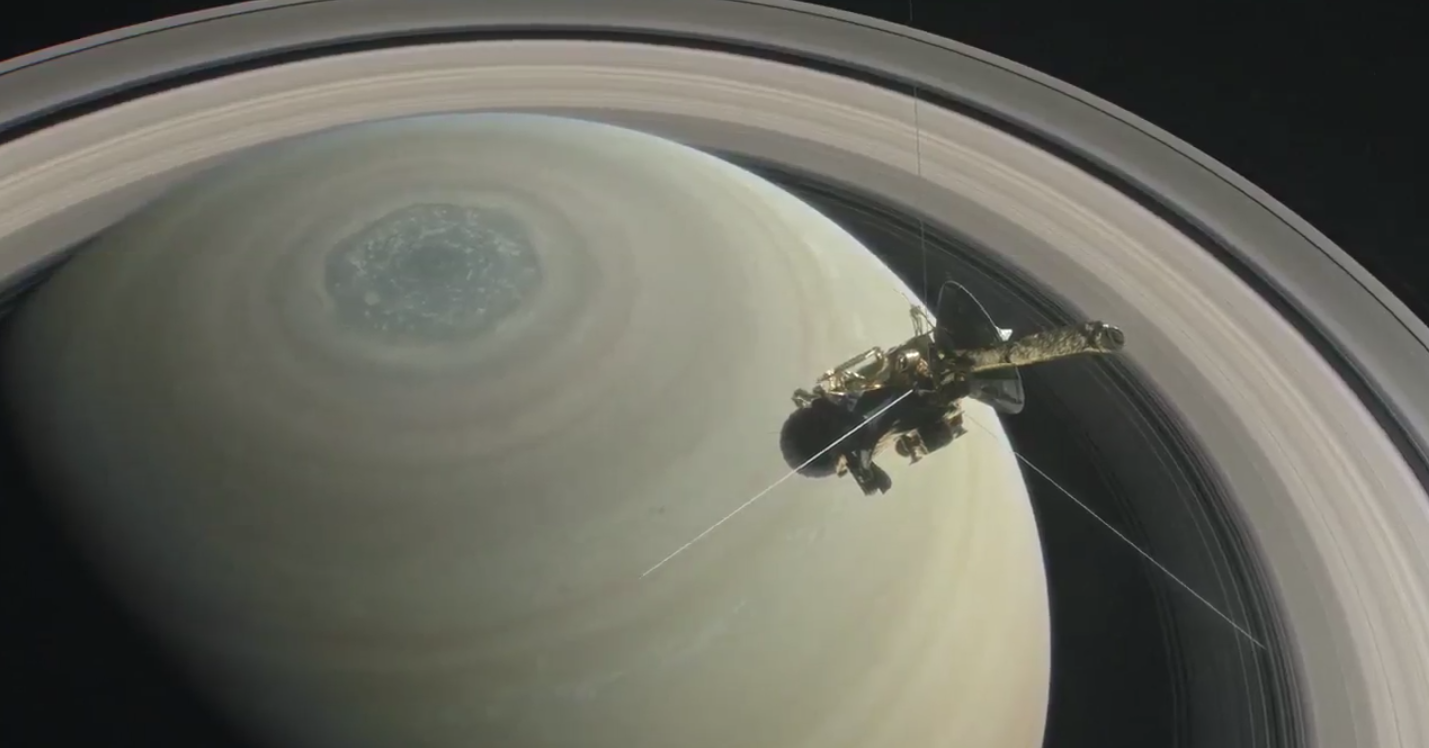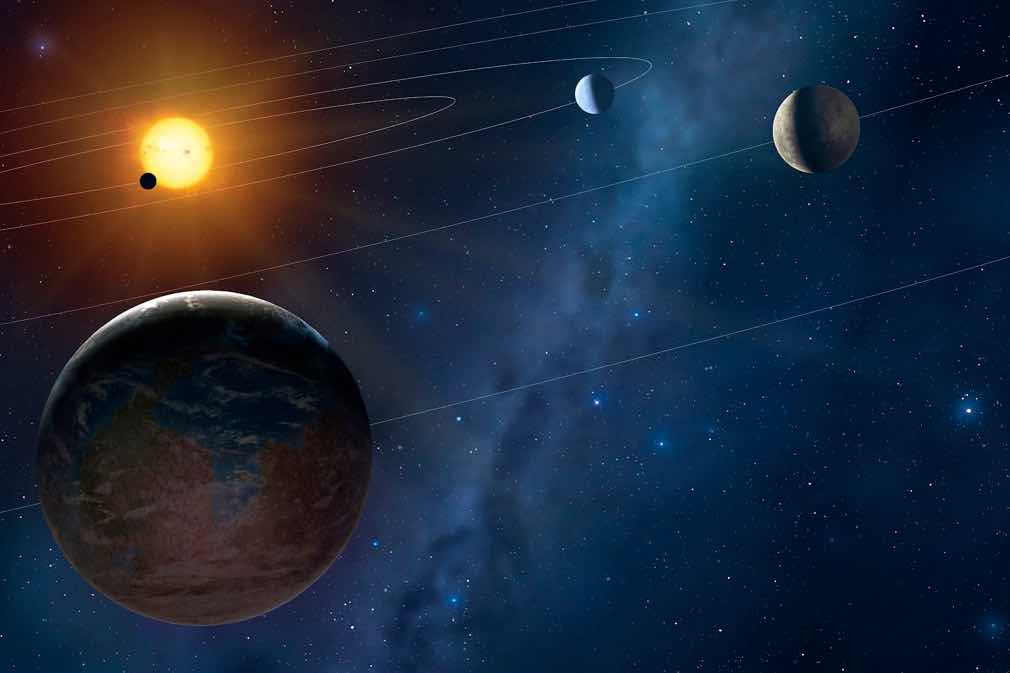More than luck: 565 Million years ago, Earth was “on the verge of collapse”
04/12/2019 / By Vicki Batts

Some 565 million years ago, the fate of the Earth was hanging in the balance as the planet’s protective magnetic field narrowly avoided a full collapse. Scientists say that had this essential barrier fallen, solar winds would have stripped the Earth of its atmosphere. Our planet’s surface would have been scorched by radiation, which would probably have been bad news for most lifeforms on Earth.
According to researchers, Earth’s once-liquid core solidified just in time to recharge the magnetic field and save the planet from imminent destruction. Scientists say that without this geological event, Earth would look very different. Amazingly enough, there are also some hypotheses that the “moment of weakness” experienced by the planet’s magnetic field may have played a substantial role in the evolution of life on Earth.
In other words, the weakening of the Earth’s magnetic field, and the solidifying of Earth’s core, both seem to have happened at exactly the right times to create genetic diversity and protect the planet. Others say this new research will change the way astronomers look at the way planets sustain life.
Research reveals Earth’s brush with fate
As a paper published in Nature Geoscience reveals, Earth had a brush with certain death 565 million years ago. As Live Science reports, scientists examined samples of plagioclase and clinopyroxine (which were formed back then).
When these minerals are still molten rock, magnetic needles found inside orient themselves in the direction of the magnetic field at the time of formation. Scientists can then use a magnometer to measure their magnetic charge.
Co-author John Tarundo explained, “Those tiny magnetic particles are ideal magnetic recorders. When they cool, they lock in a record of Earth’s magnetic field that’s maintained for billions of years.” Tarundo is the chair of the Earth and Environmental Sciences department and a professor at the University of Rochester.
What the team found was that the charge from these minerals was unusually low. The evidence indicates that 565 million years ago, Earth’s magnetic field was ten times weaker than it is today — the weakest ever recorded, in fact.
Life on Earth, and elsewhere
“We were at this critical point where the dynamo almost collapsed completely,” Tarundo told Live Science. The “geodynamo” is what grows and maintains the magnetic field. Without this protective barrier, Earth would look radically different than it does today.
In a commentary accompanying the study, experts note that following this planet-saving event, the Cambrian explosion occurred — prompting the rise of more complex lifeforms.
“One can speculate — and there have been some speculations — that a weaker magnetic field may have some relationship to these evolutionary events,” Tarundo says.
In other words, it is possible that not one, but two, perfectly timed events happened, giving rise to life on Earth.
Earth’s magnetic field has been extensively studied for many years, but scientists are still coming to an understanding of how it protects and sustains life. One might wonder if all this research will one day be used to help sustain life on another planet.
Here on the Earth’s surface, electromagnetic fields are already being used for an array of wireless communications. And as the newest generation of Internet, 5G, takes hold, we’ll soon be under a nearly inescapable blanket of electromagnetic radiation. Is it possible that the same technologies used to create this web will one day inspire a man-made magnetic field used to host life on another planet? Who knows.
See more coverage of the latest news in science at Science.news.
Sources for this article include:
Tagged Under: atmosphere, Collapse, cosmic, Earth, Ecology, environment, magnetic field, natural disaster, New Research, real history, Space

